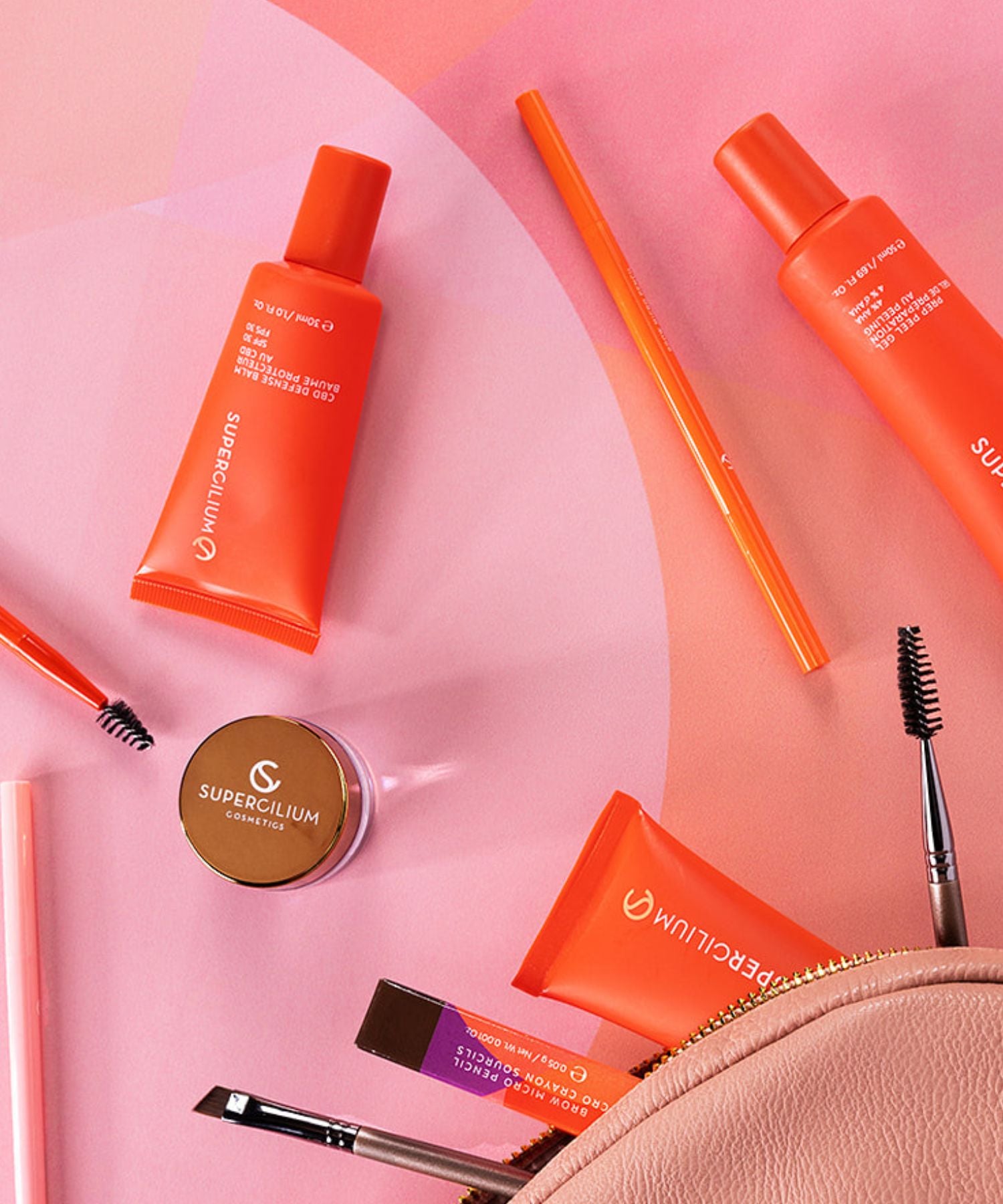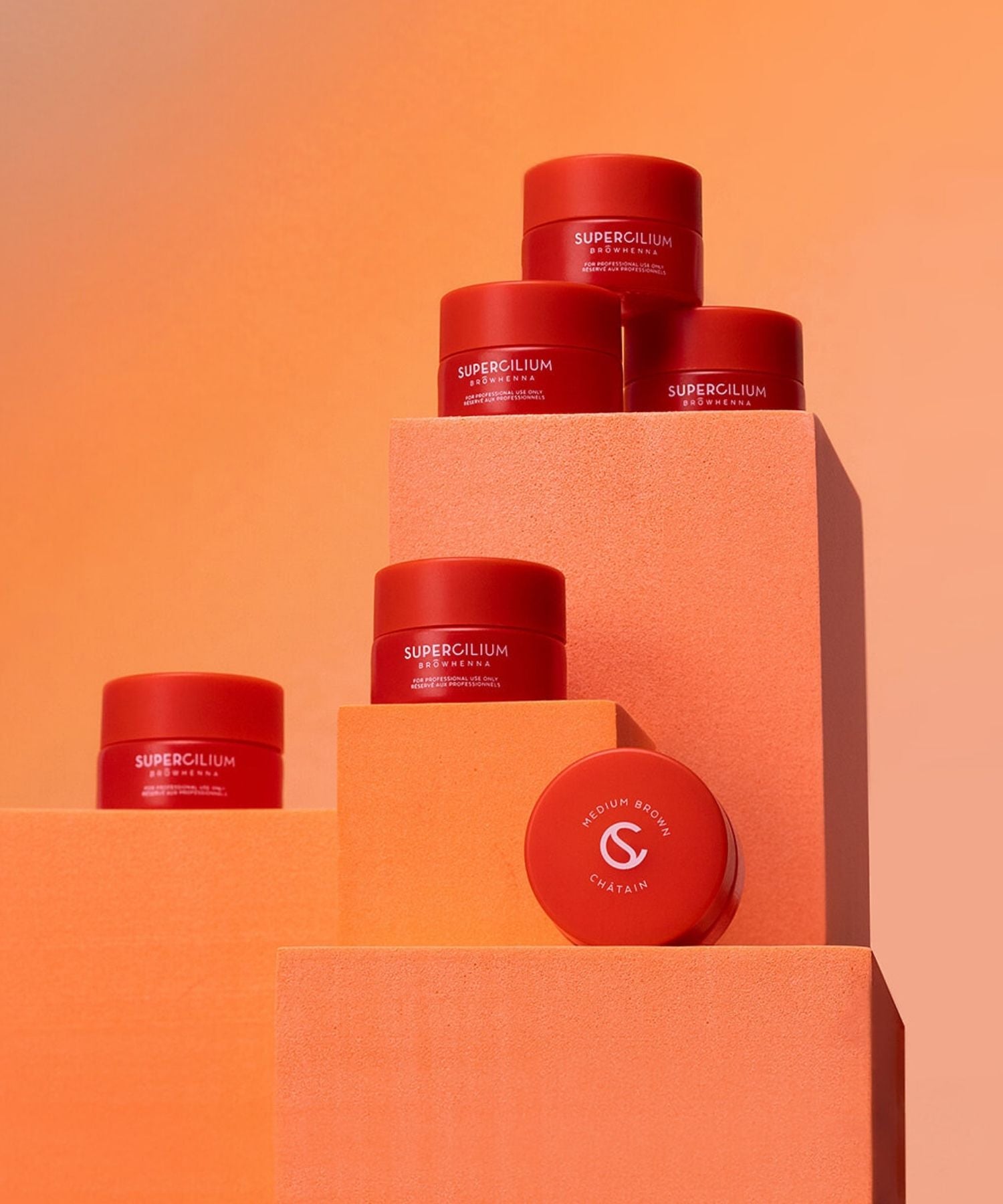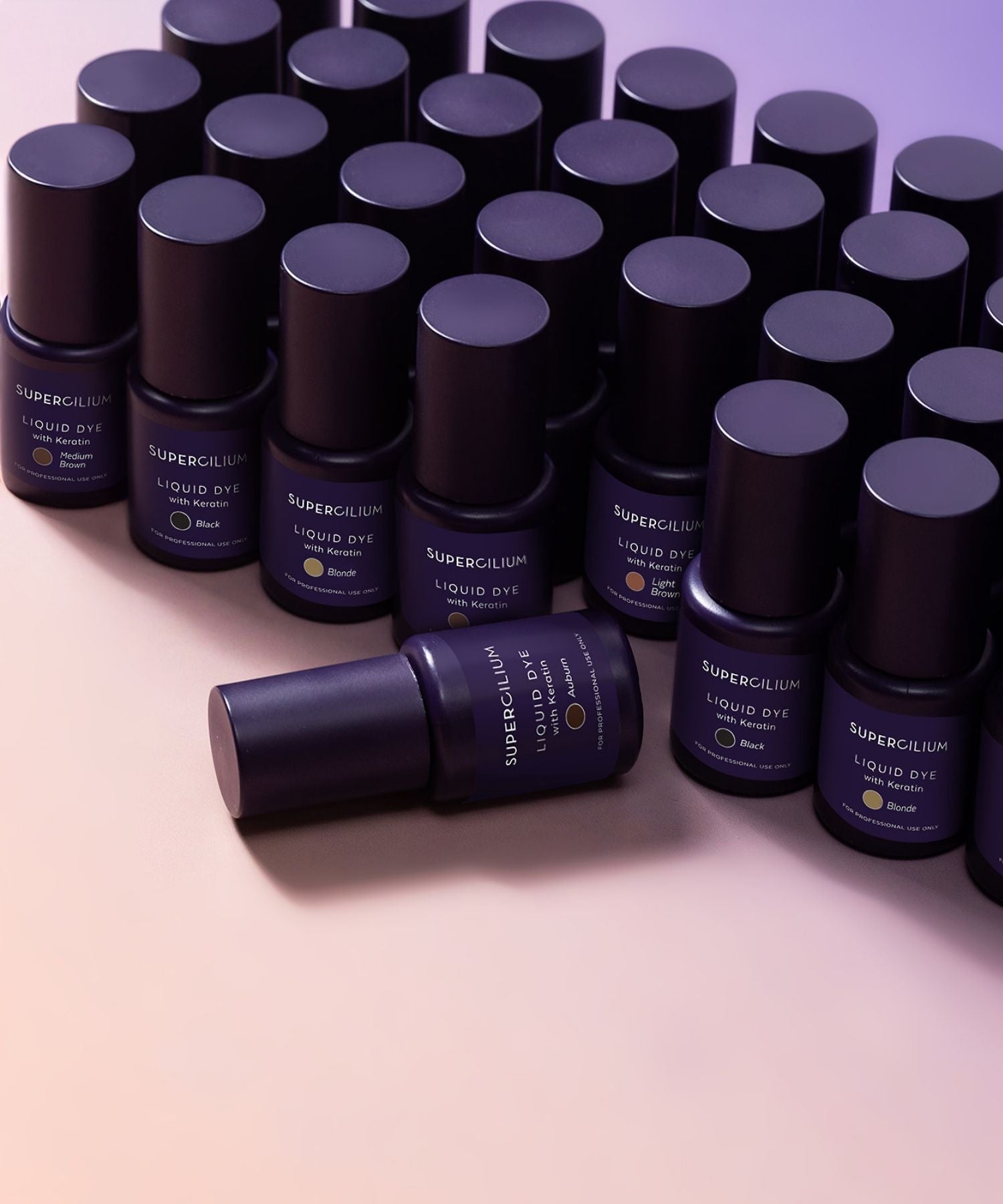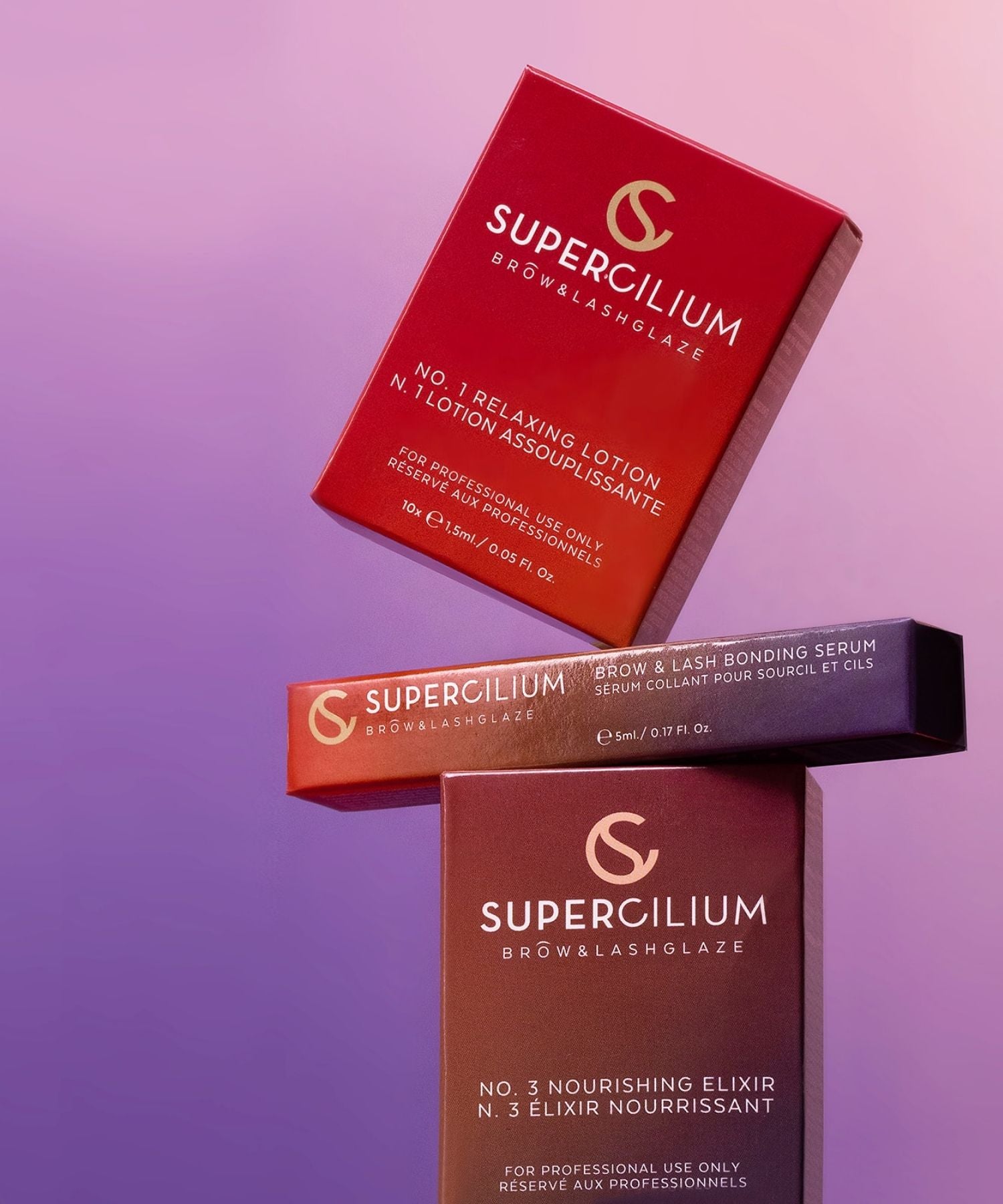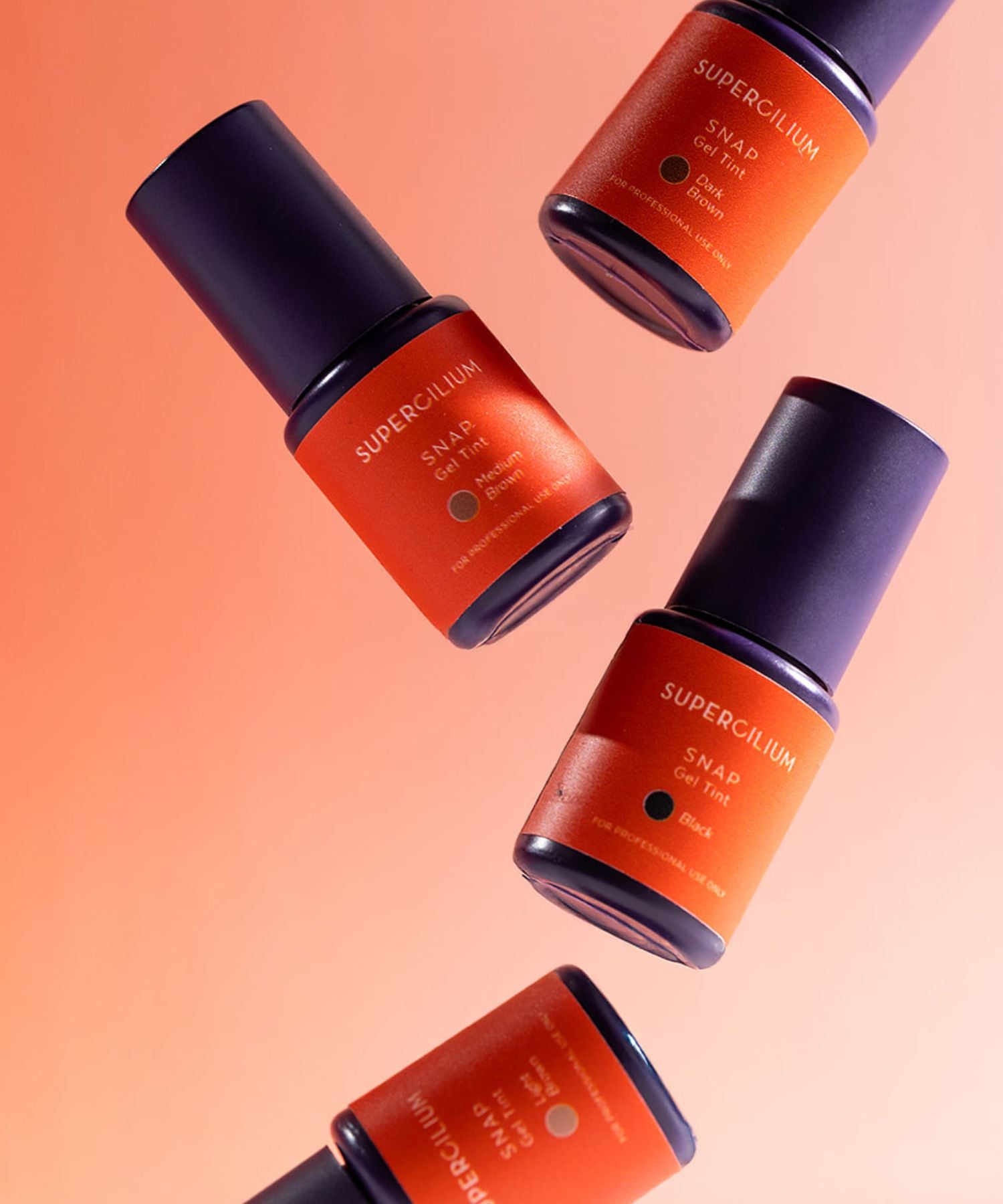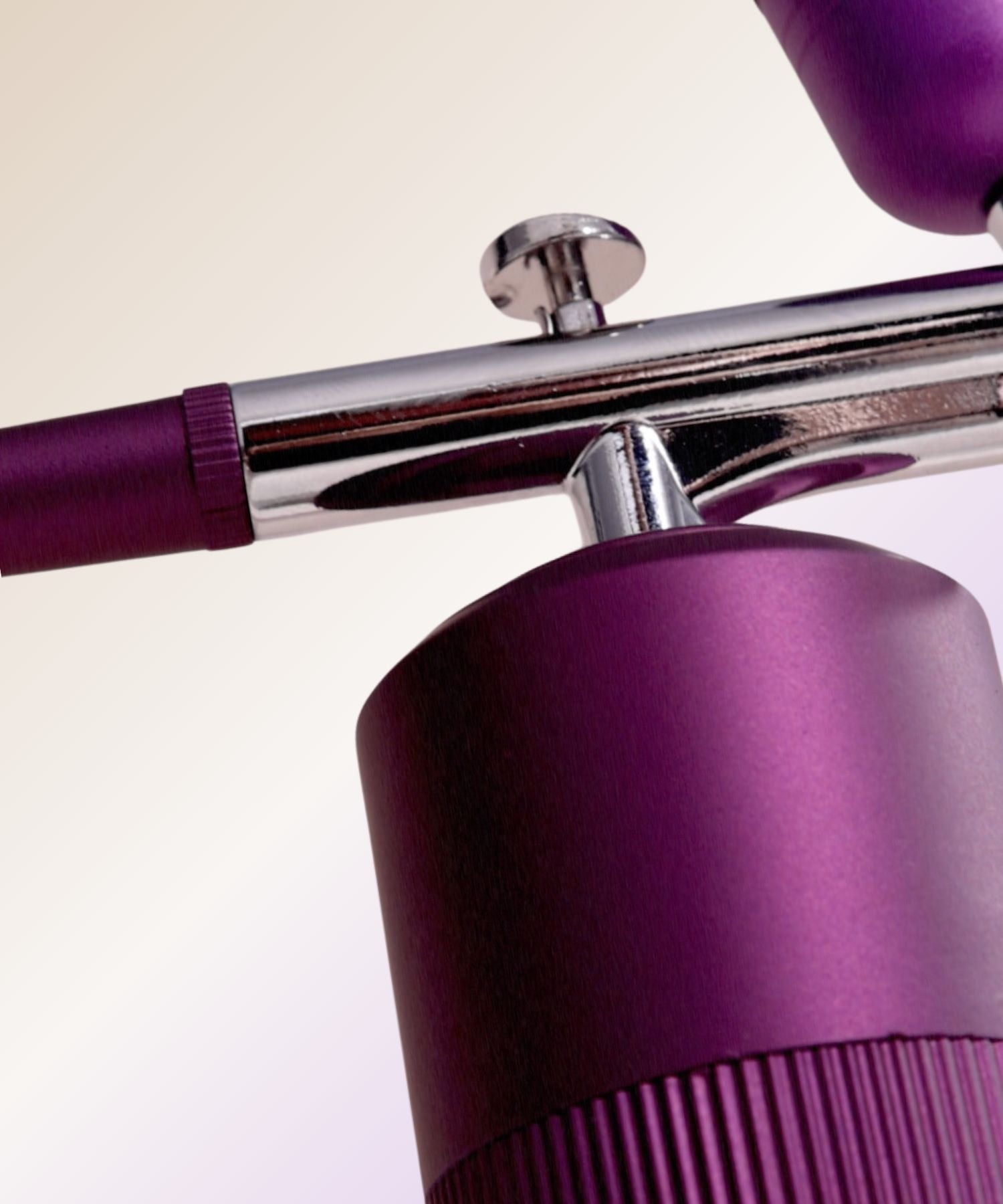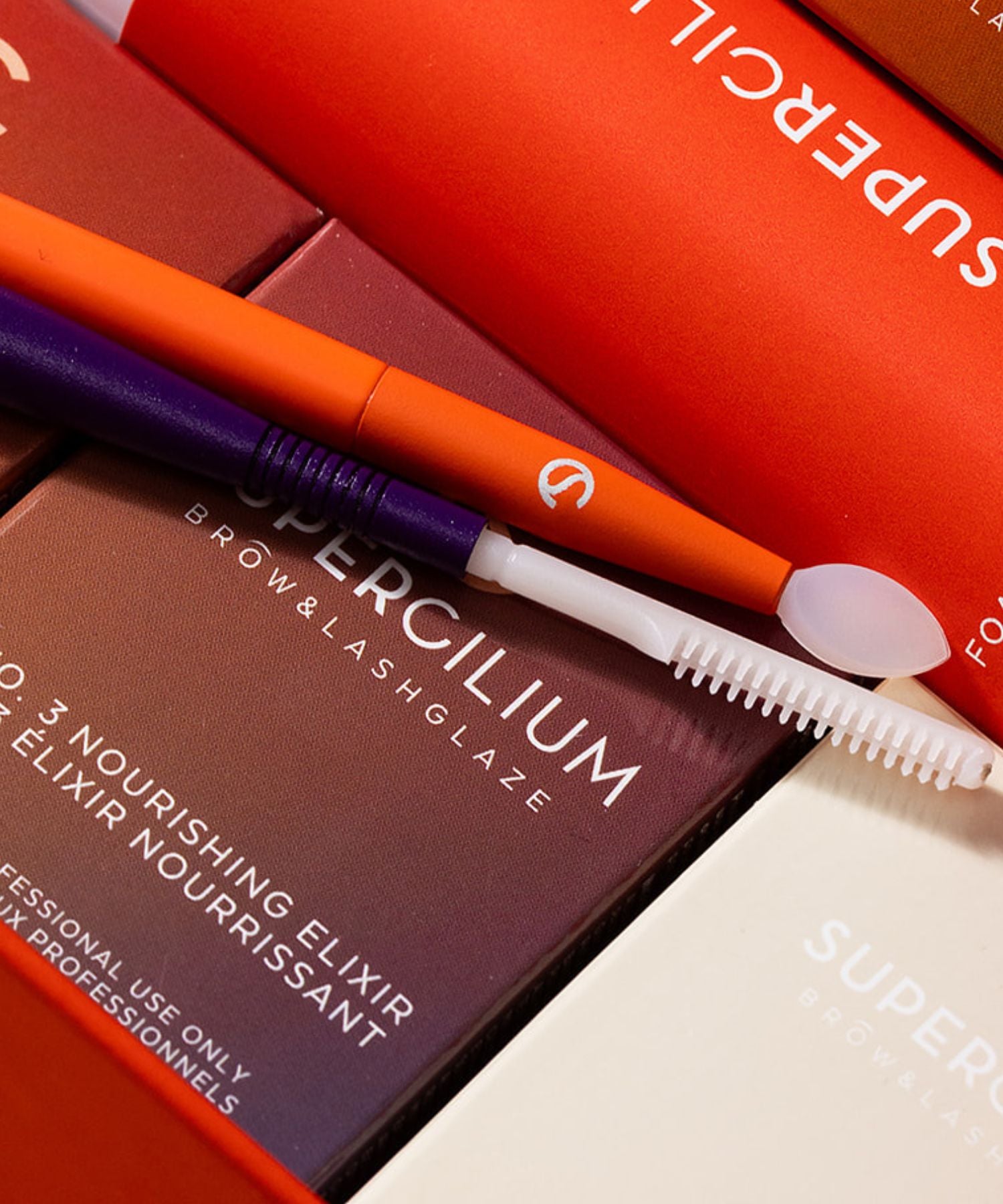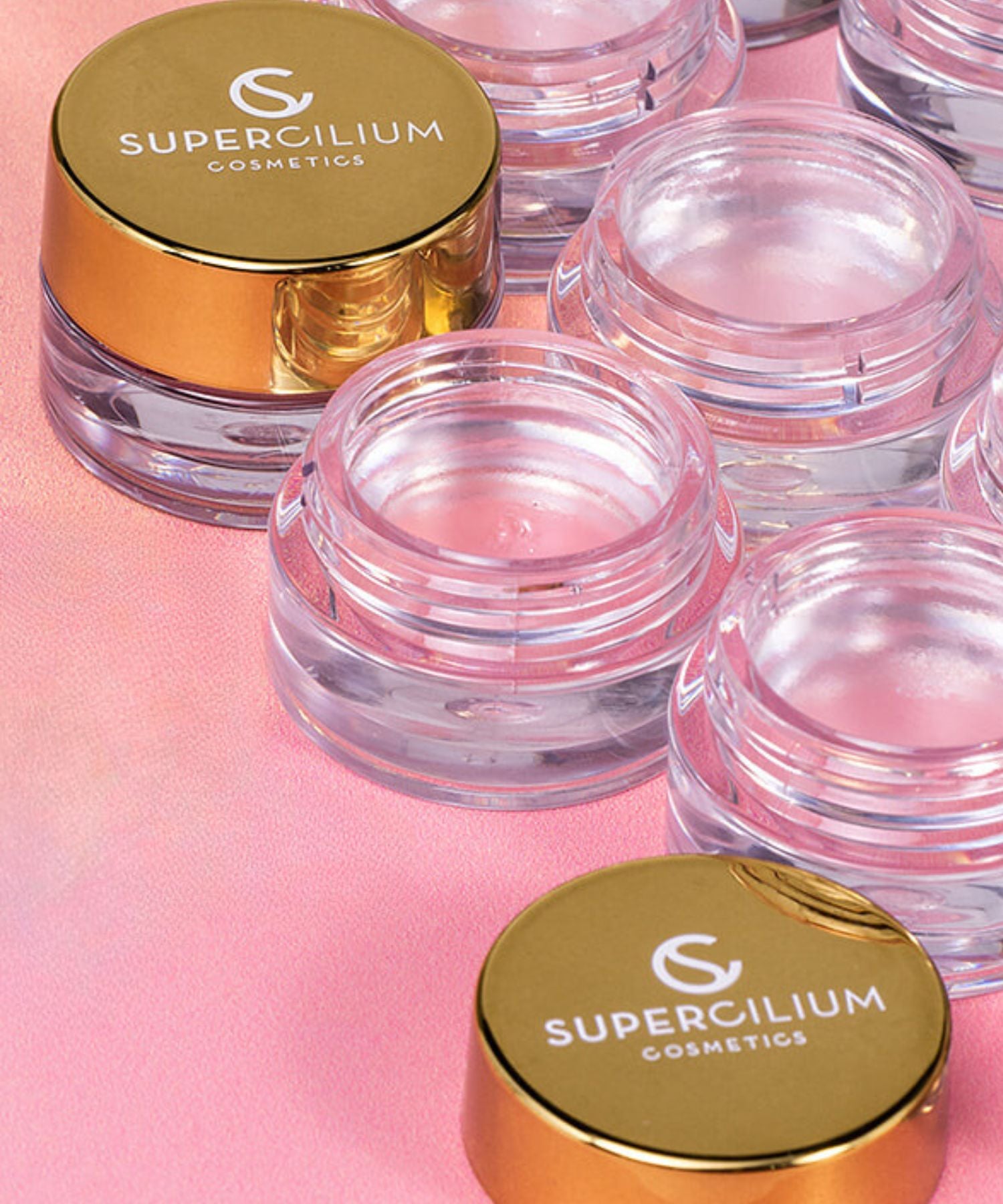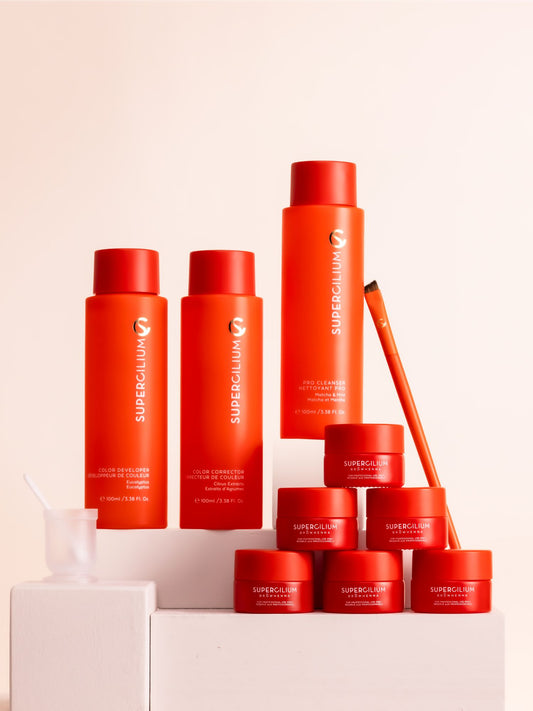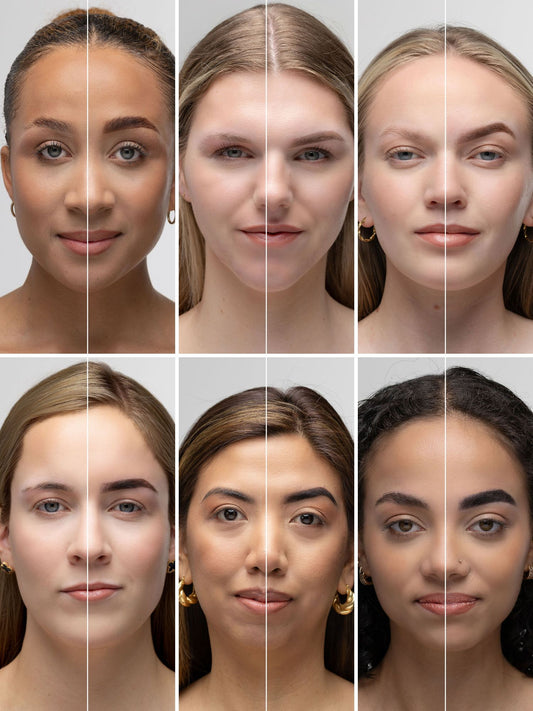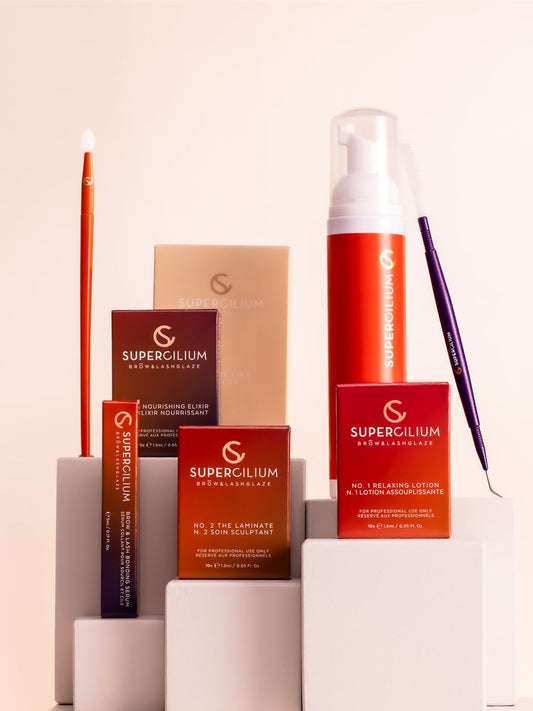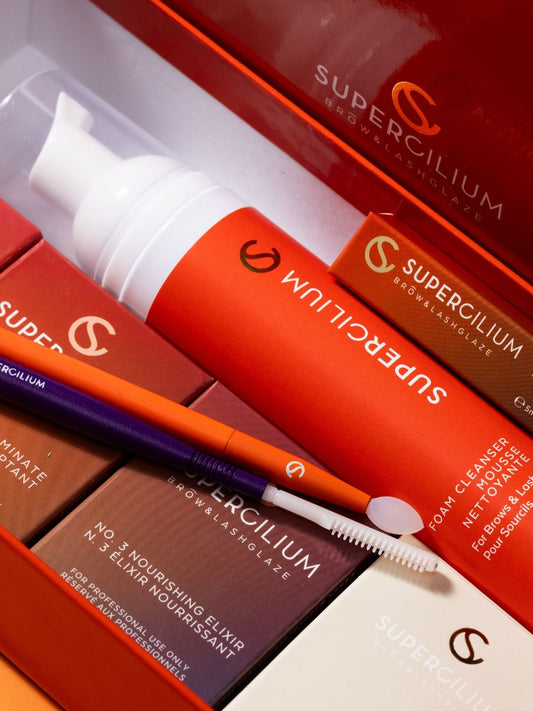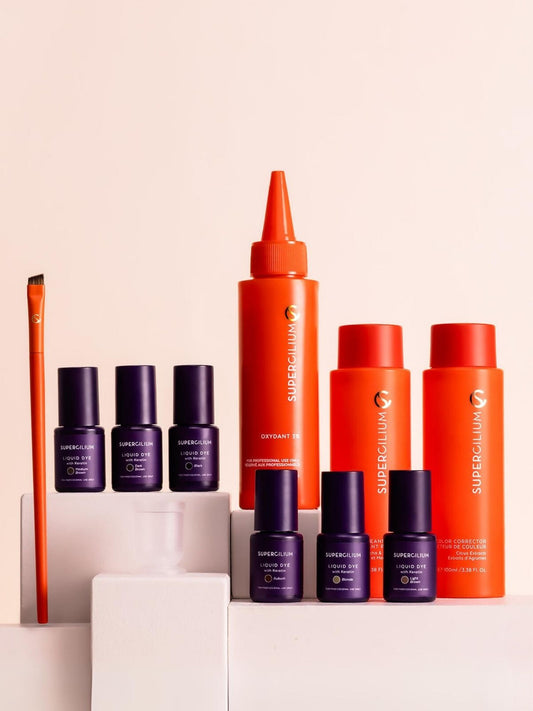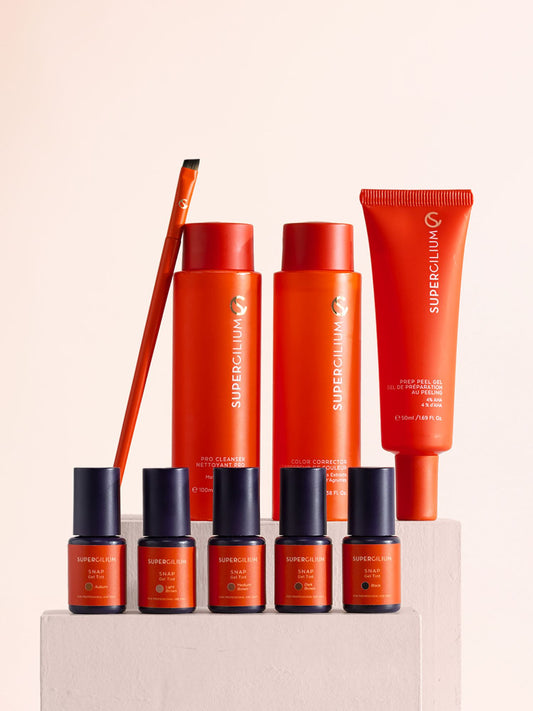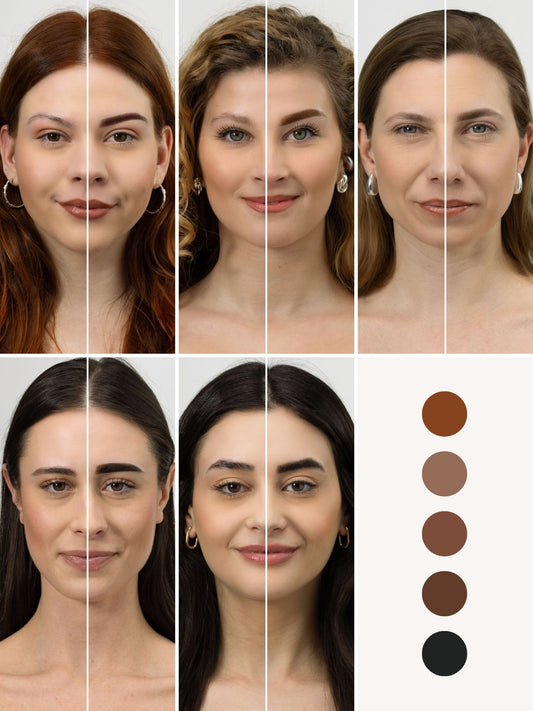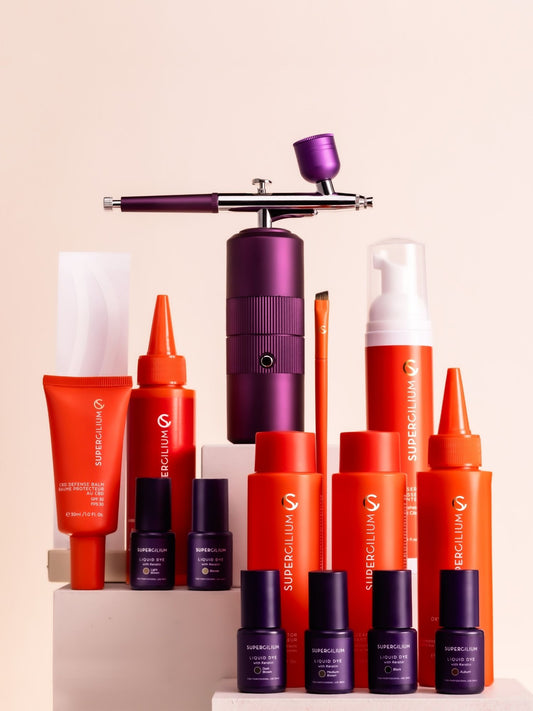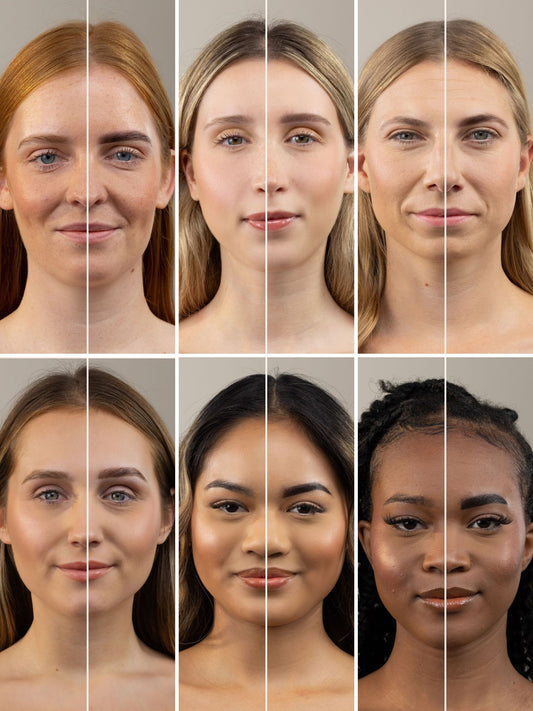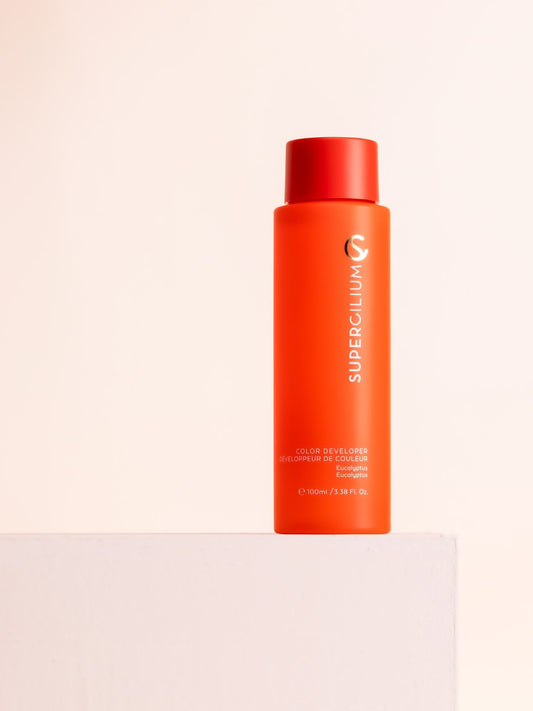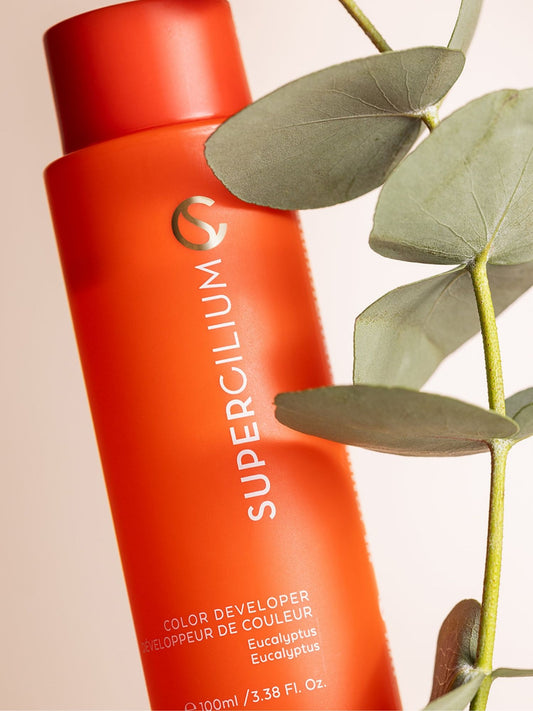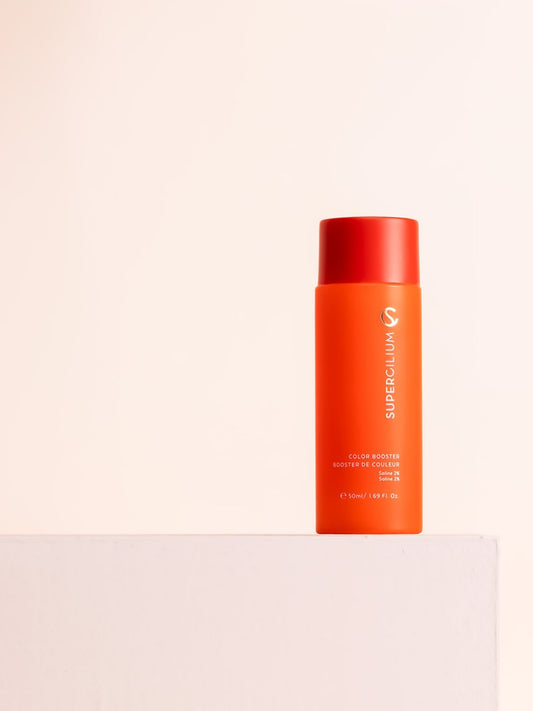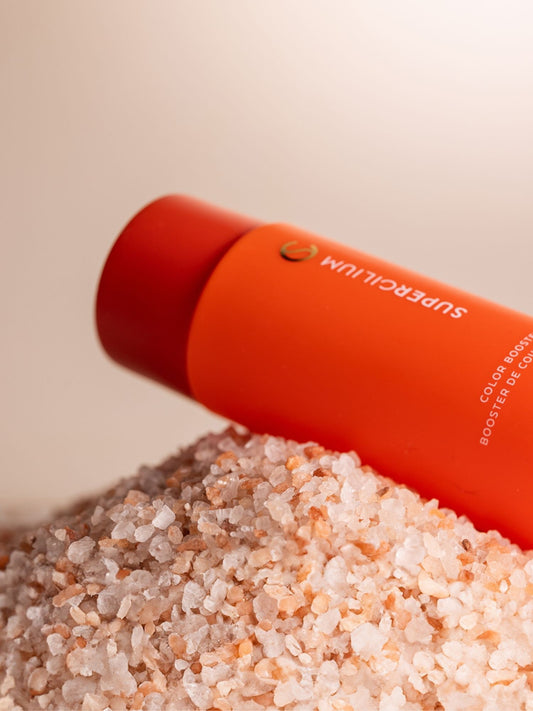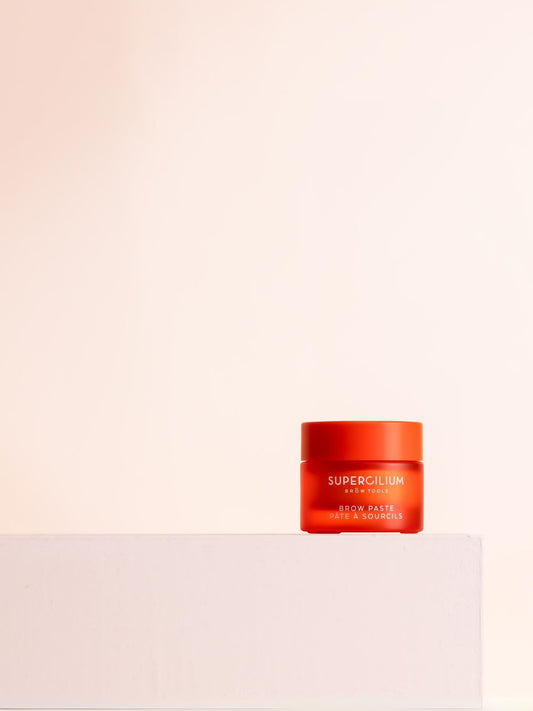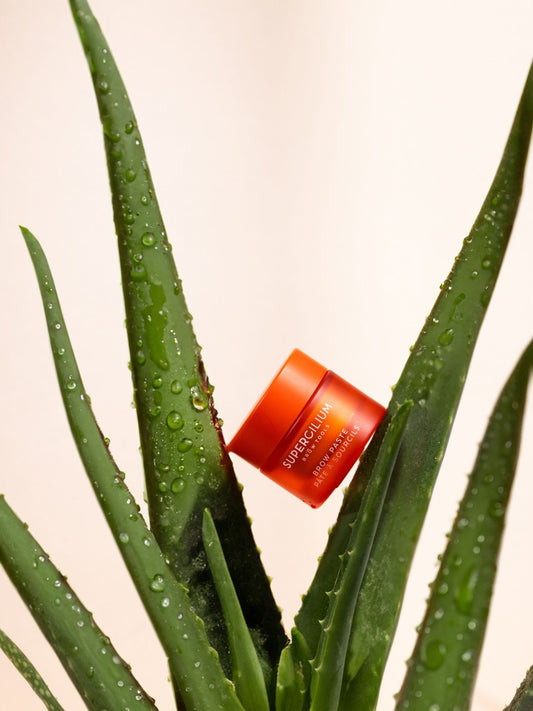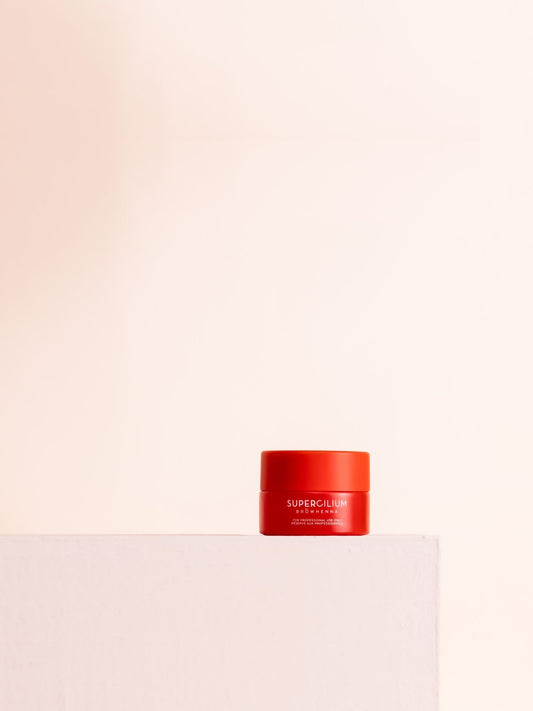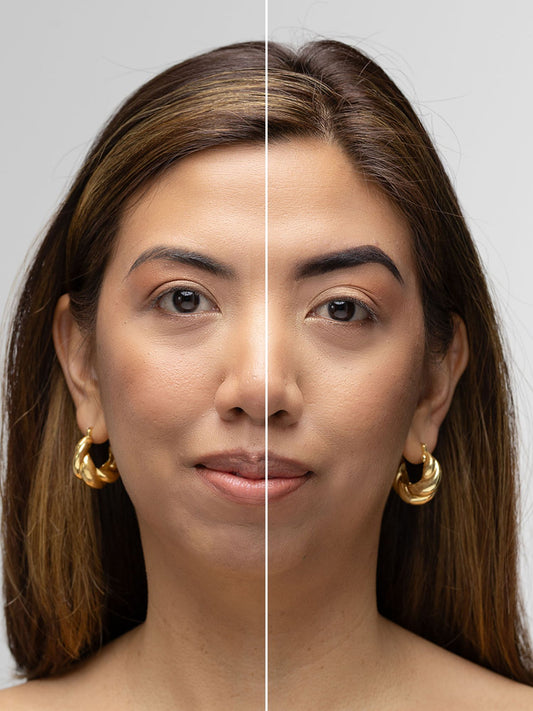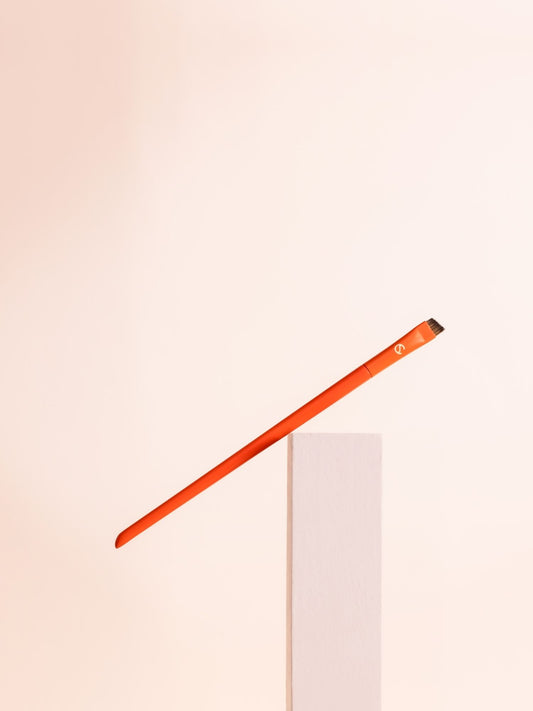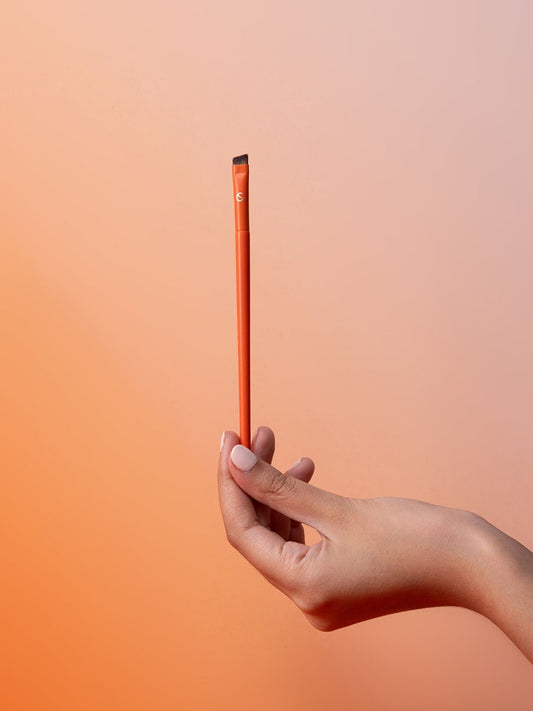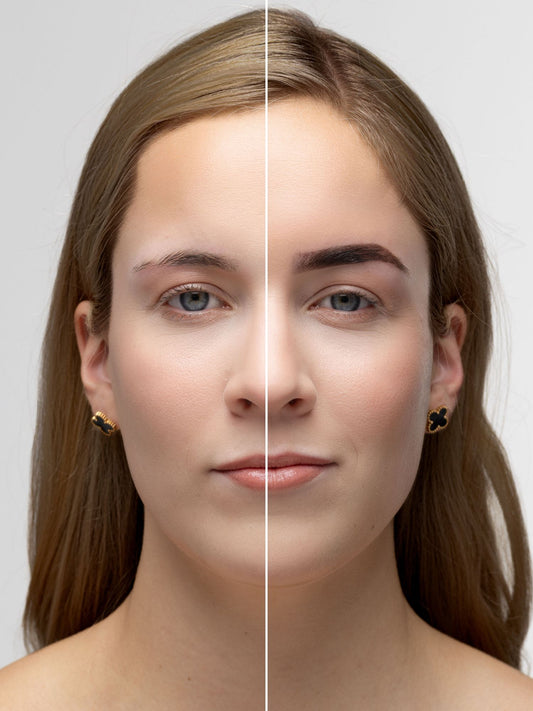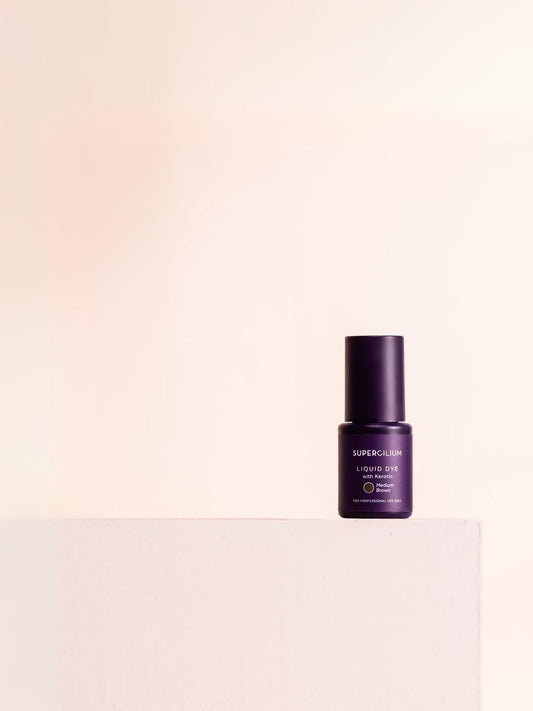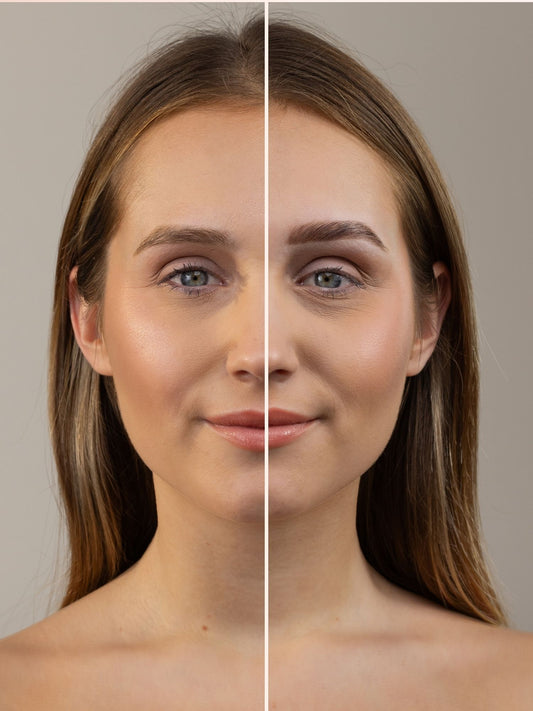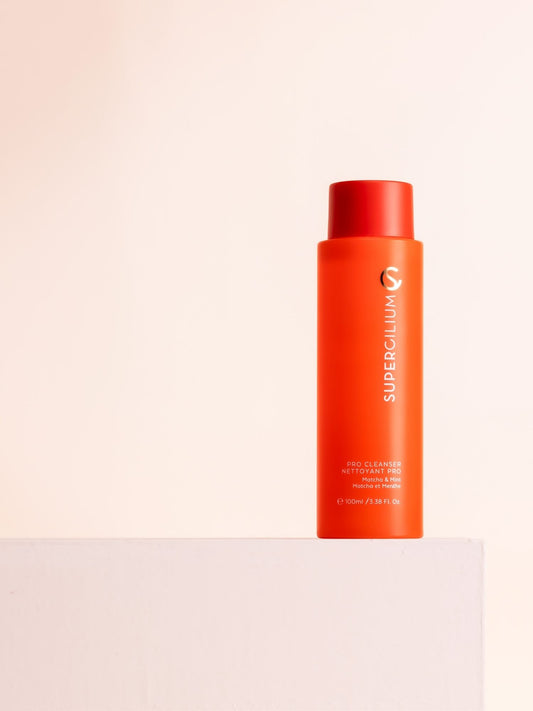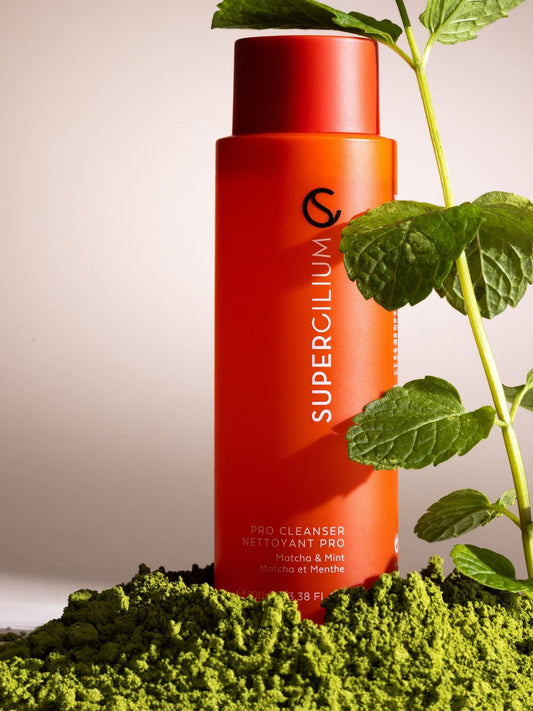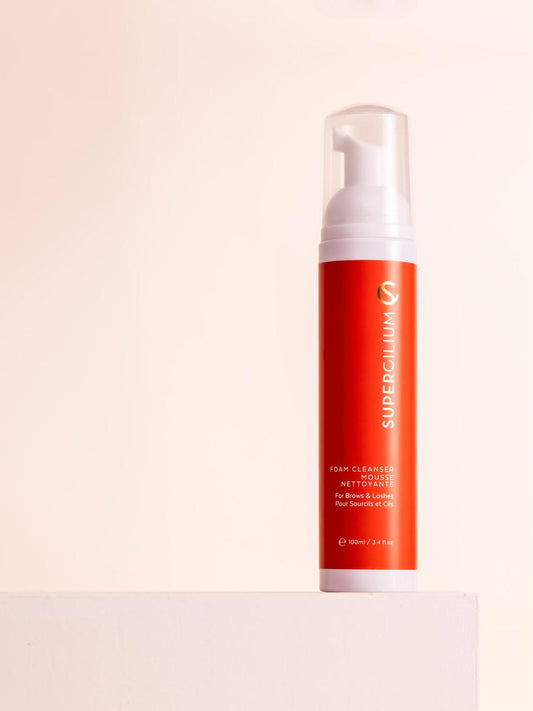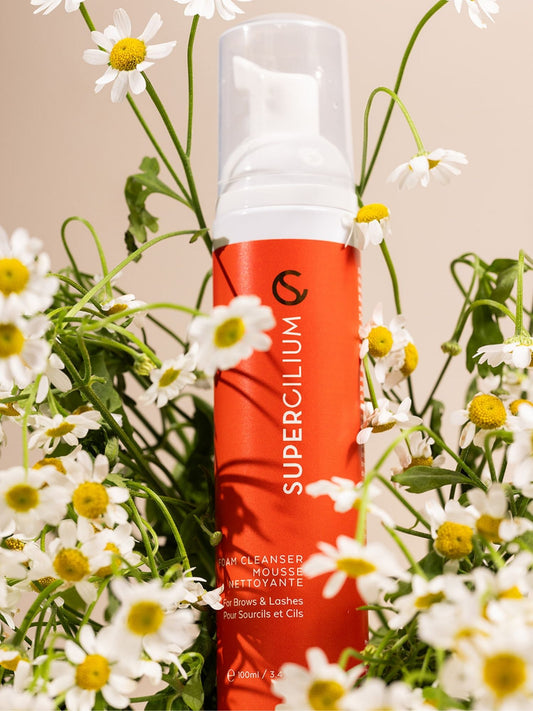
Supercilium Henna Color Chart
written bySima Ahmed
The title already gives away what this blog is about: The color chart of Henna. This is also one of the most frequently asked questions that I regularly receive in my inbox from you. I want to explain everything that is involved in choosing a henna colour for your client (or for yourself). Besides looking at the skin and hair type of a client. There are also other factors that are very important for the outcome of a henna color. Below I explain what those factors are.
First thing first.
I will keep repeating myself. It is important to do a patch test on your client 48 hours in advance. To check if she/he may be allergic to henna. If someone is allergic, it is likely that they are allergic to PPD. This is present in most dyes. Always use the color black for the patch test. This color contains the most PPD. If you don't have the color black, choose the darkest possible color.
Mix the henna as you would normally and apply it behind the ear or on the inside of the elbow. Leave it on for about 20 minutes and then remove it from the skin. If your client has no redness, itching or burning feeling in the next 48 hours then they are suitable for henna. Note: a patch test never gives a 100% guarantee.
Factor 1: Natural hair type
A person's natural hair type can have a lot of influence on the outcome of a henna hair color. This has to do with the hair structure.
Fine hairs: A client with fine eyebrow hair will get a much lighter color than a client with stiff eyebrow hair. With fine hairs, the henna detaches more quickly.
Stiff hairs: The henna dye will soak up very quickly with stiff hairs. This is because stiff hairs have a better absorbing system than thin hair. Because of this the henna color can turn quite dark.
Grey hairs: Grey hair is a different story. These are often stiff hairs without pigment. These hairs are very stubborn. For some, the henna will pick up on grey hair for others not. This is because grey hairs are hormone hairs. So you have no control over how the hairs will react to dye. It’s important to communicate this to your clients to avoid disappointment.
Tip from me: If I have a client with fine eyebrow hairs who wants an intense look? I often apply a darker shade of henna to make the color stand out more. For a client who wants a natural henna look with stiff eyebrow hairs, I often apply a lighter shade of henna so that it will not become too dark.
Below you can see a good example of 2 clients with the same henna hair color but different hair types.
ADDDDDD
Natural hair colour
In addition to the hair type, it is also important to look at a person's natural hair colour. A person with lighter hair will probably find the tinted henna hair more noticeable than someone who already has dark eyebrow hair. The trick is always to check which color is closest to your client's natural hair the first time and only go one shade darker to see how the henna will look on the skin.
Sometimes I also receive questions about whether it is possible to lighten dark hair with henna. Unfortunately, this is not possible. Also, with bleached hair you must be careful because the dye colors will be absorbed more quickly and can therefore make the color even more intense.
Factor 2: Skin types
The skin types especially has a lot of influence on how long the henna will last on the skin. But also on how dark the color will be on the skin.
Dry skin: absorbs the henna very quickly and very intensely which means, in other words, the color absorbs quickly and darkens quickly on the skin. With dehydrated skin, the skin absorbs the henna completely. As a result, it can become extremely dark. So keep this in mind if you are working with dry dehydrated skin. Check the henna after 3 min already.
Normal skin: absorbs the henna evenly and therefore will not easily become too dark on the skin.
Oily skin: absorbs the henna poorly or barely. This is because the skin produces a lot of sebum and therefore has a barrier on the skin. As a result, the henna will not soak into the skin as well. It is important to discuss these aspects with your client prior to the treatment to avoid disappointment.
Factor 3: Undertones.
The outcome of the henna color can also be determined by the undertone of the client.
A quick explanation: Warm undertones often can't have ashy colors. Think of a redhead with gray eyebrows. Or a black-haired person with red hair. These contrasts will clash on the face. That's why it's important to check beforehand whether a client has a warm or cool undertone.
If you want to know more about skin undertones and how to determine them?Then follow our free brow basic course.
Factor 4: Creating the right consistency
A very important step that many people underestimate: creating the henna mix the right way. As a brow expert, I worked under time constraints and tight schedules. Because of this, you are automatically tempted to mix henna and apply the henna color too quickly.
But let me tell you something, this process should not be rushed! This can affect the color of the henna. Below I describe again how to prepare the perfect henna mixture:
- Mix two spatulas or one spoon (.25 grams) of henna powder with 20 drops of Eucalyptus Color Developer.
- Let the henna sit for 5 minutes before using. If you notice white balls in your mixture, wait until they have completely disappeared.
- Make sure the henna is not too runny!
- Make sure your products are not being stored in a cold or too hot of an area, this will greatly affect your products over time.
- Ask your client to avoid washing or scrubbing her brows after prolonging the color.
- Having your client exfoliate before coming in for her touch-up will help the treatment of the pigment stay better too.
Color Chart
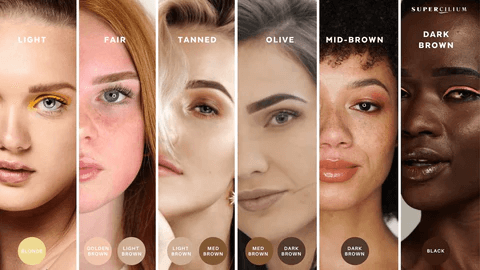
Above you see a Henna color chart. However, this is an indication of how the henna colors may fall on certain skins. Below we give an expression which colors can be used with what skin and hair types:
Blonde - This is typically perfect for the lightest skin tones and hair colors. There is no lighter shade, so the lightness of the pigment will depend strictly on the amount of time left on the skin and hair. If you want a lighter stain, leave it on for a shorter time. Keep in mind that the color could turn either warmer, or cooler based on the clients skin tone.
Light Brown - This is ideal for blondes and brunettes or people with light skin tones. This is an excellent color to mix with the darker colors for perfect ombre brows. This color is also highly recommended for blondes who like ashy brows.
Auburn - This natural henna color is ideal for redheads or to mix with other henna colors such as the blonde and light brown henna dye to make those colors warmer. This color leaves a nice warm reddish-brown color on the eyebrows. We always recommend mixing this with another color to create a more intense look.
Medium Brown - This is a great match for brunettes and Mediterranean skin types who don't want super dark defined brows. It can give a nice neutral brown tone that is also perfect for olive toned skin types.
Dark Brown - Our dark brown is recommended for Mediterranean skin tones and darker hair types. It is a perfect espresso, rich chocolatey shade that goes perfectly with dark hair colors. You can also easily mix this with the black henna hair dye to create bold eyebrows, but not quite solid black.
Black - Our darkest and most intense henna color is suitable for medium to dark skin tones and black hair. You can mix this with the light and medium brown henna dye to create a more ashy color. Please note that this color can turn out very dark.


